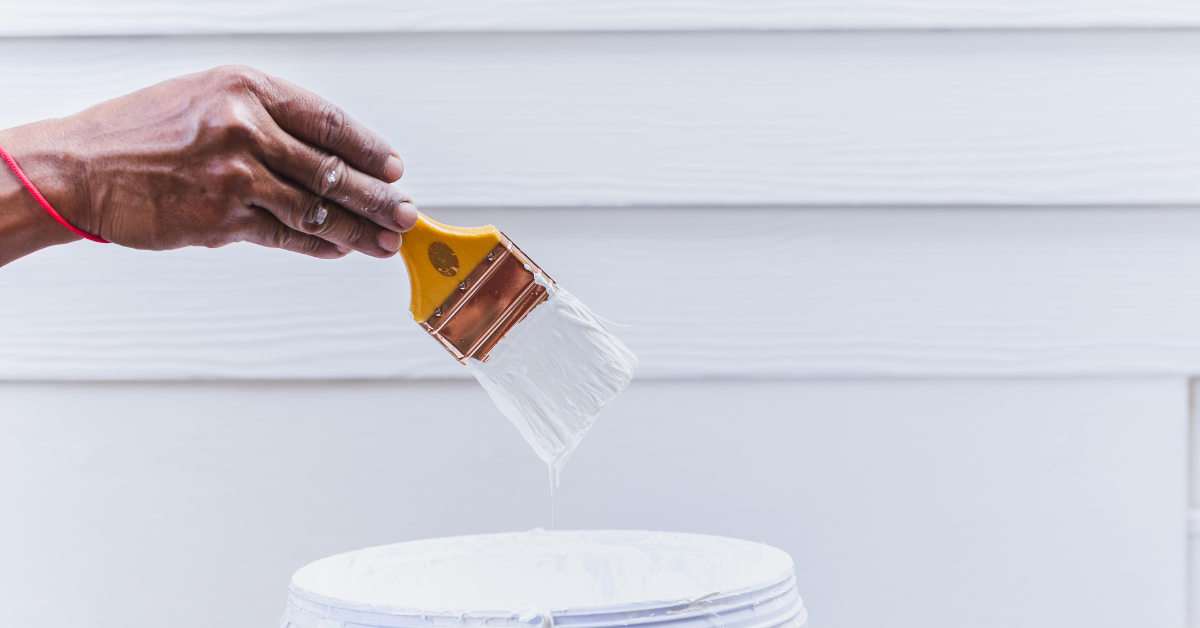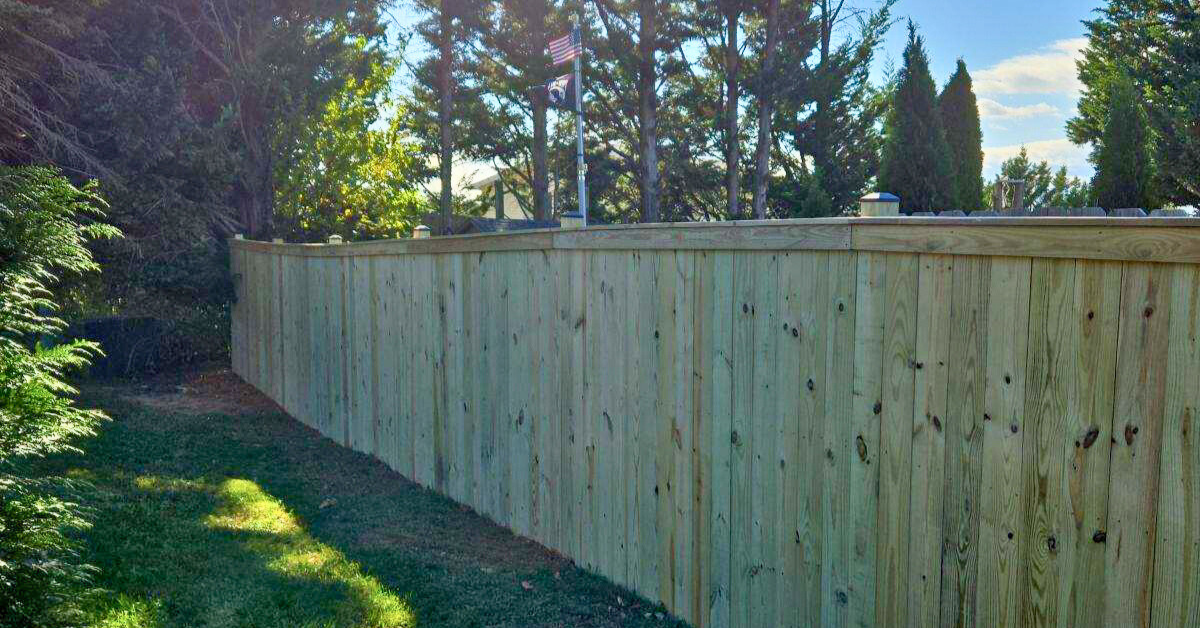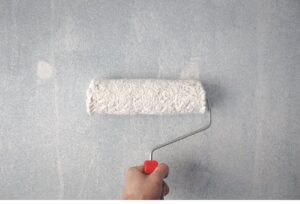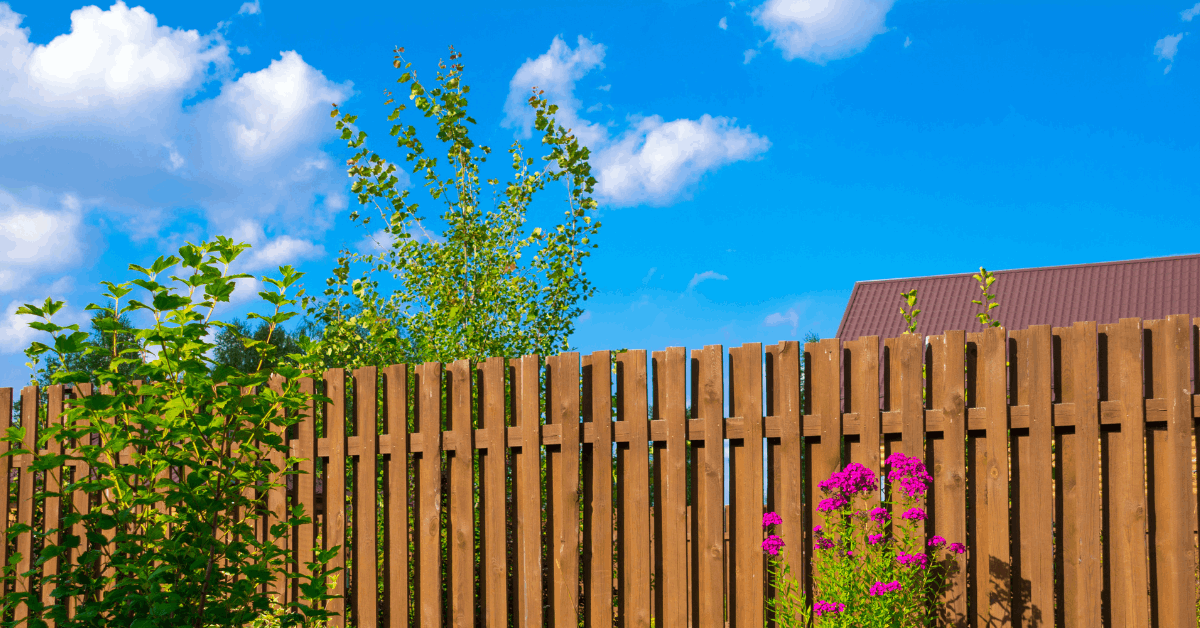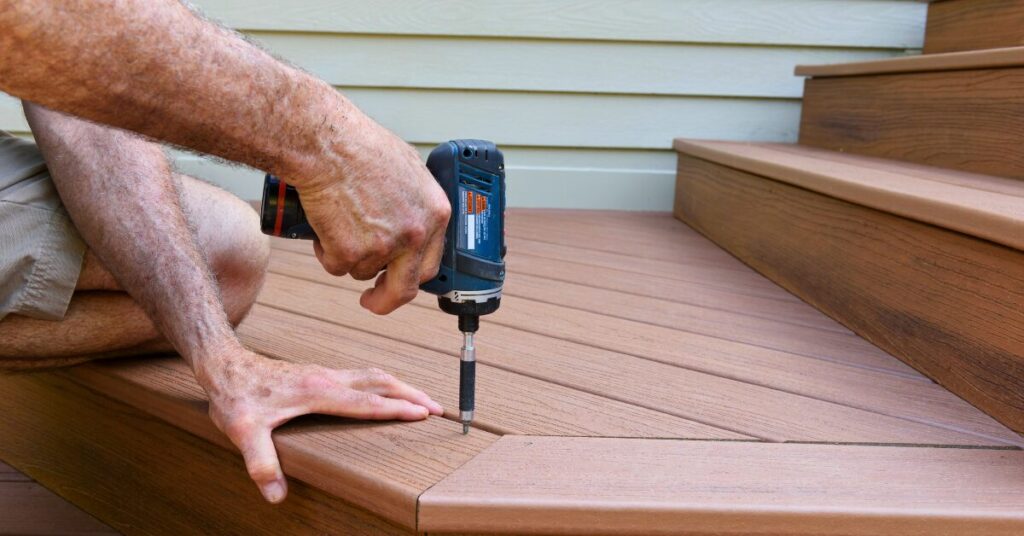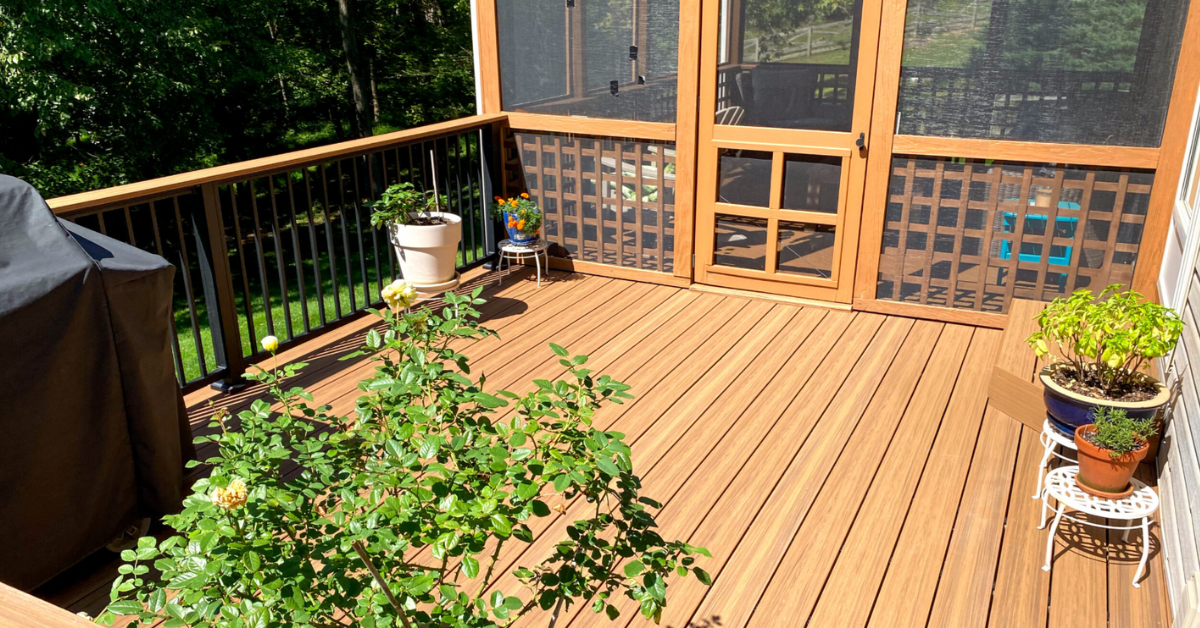
Think of a knight from your favorite fantasy movie or show. One of their defining aspects is their armor. Not only does it protect them from harm, but it looks cool as heck. In a way, the same line of thought could be applied to staining a deck.
While the immediate result of staining a deck is certainly its visual upgrade from its former aesthetic, there are other benefits added onto it. Durability and longevity get a big boost, saving you money in the long run and allowing you to enjoy your outdoor space for years. But some stain jobs are better than others, and we want to make sure yours is one of them. This blog will cover the tips you need to ensure you know the best way to stain a deck. Let’s get started.
Choose the Right Stain for Your Deck
If you choose a low-quality stain for your deck, your project is already doomed. Choosing the right one will set you on the path to beautiful results.
- Transparent stains will let the grain of the wood show through, giving you a more natural look than other options. Keep in mind, though, that this also means UV protection is limited.
- Semi-transparent stains offer a good balance of natural look and added color. The grain shows through enough to flaunt the wood texture, but the color still has vibrance.
- Solid stains provide maximum coverage in terms of color and protection, but the natural look of the grain will be almost fully covered up.
When you’re making your selection, keep the type of wood your deck is made of in mind. Cedar and other hardwoods generally look better with semi-transparent finishes, while softer options like pine are better suited for solid stains.
Additionally, the climate is something to consider. If you live in an area with extreme weather (hot, cold, or wet), you may want to consider a stain that offers more protection.
Proper Prep
Best way to stain a deck? Start by prepping it for the project ahead! Just as a painter diligently prepares a canvas before putting any paint on it, you should treat your deck with similar care. Otherwise, a smooth finish might not happen. Don’t worry; the prep process isn’t that bad. Here’s what you should do:
- Surface cleaning: Dirt, mildew, and other debris should be absent from the deck surface when your project begins. Additionally, any old stain should be stripped away before the new one is applied.
- Sanding: Notice any rough spots? Grab the sander and get rid of them! Sanding improves the stain’s appearance and minimizes the chance of splinters.
- Make sure the deck is dry: A damp deck is a deck that isn’t ready to be stained. Ignore this warning, and you’ll end up with moisture trapped beneath the stain, leading to peeling or mold. Once the deck has been cleaned, give it at least 24 hours to dry before you start staining.
Keep an Eye on the Weather Forecast
Staining a deck and rainy days don’t mix well. At all (same with painting). Timing is everything here, so make sure you plan your stain project around any predicted rain. In addition to that, try to aim for ideal conditions. These include temperatures between 50 and 90 degrees Fahrenheit, low to moderate humidity, and overcast skies (this last one prevents the stain from drying too quickly). If you stain in direct sunlight, streaks are more likely to occur.
Apply the Stain Properly
Application, as you may have guessed, is a crucial part of staining a deck. Make sure you:
- Choose the correct tool: While rollers are perfect for large areas, you’ll want to switch to a brush for the smaller parts like railings. Sprayers can give you even-coverage quickly if you know how to use them properly.
- Apply stain in thin coats: If you apply too heavily, you’ll end up with sticky spots and uneven drying.
- Follow the grain: Doing this will help the stain penetrate the wood evenly, making for a finish that looks professional!
Post-Stain Maintenance
A car doesn’t stay pristine after one detailing. You need to put in a little effort to keep up the shine! Same deal here. After staining a deck, it’s important to perform the proper maintenance. Clean it regularly by sweeping away debris and washing dirt buildup away. A new coat of stain should be applied every two to three years (depending on weather and frequency of use).
Reach Out to Your Deck Experts
When you choose the right stains, prep your deck properly, and take care in application and maintenance, you can keep your deck protected for years—all while keeping a beautiful aesthetic.
If you still have questions, like when to stain a new deck or advanced techniques, Albaugh & Sons is always happy to answer them. Get in touch with us to chat or to schedule a home project!

Customer Testimonials
We could talk all day about the happy homeowners we’ve provided renovations for, but the real measure of merit lies in customer reviews. See what people are saying about Albaugh & Sons.

